Art Guides
Top 9 Takeaways From Knoedler Forgery Trial
What have we learned from the high-profile case?
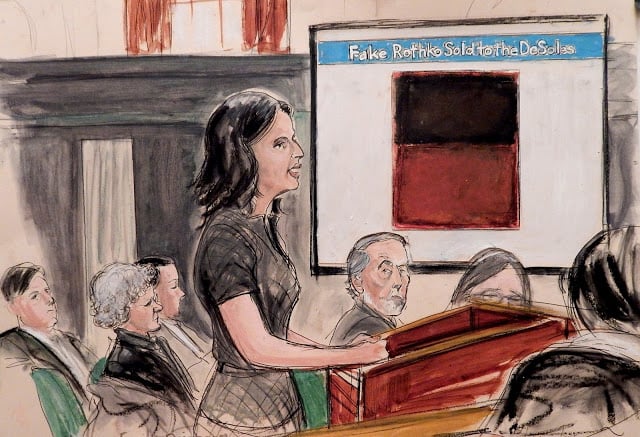
Image: Elizabeth Williams, courtesy ILLUSTRATED COURTROOM.
What have we learned from the high-profile case?

Eileen Kinsella &
Sarah Cascone

Never has the phrase “Hindsight is 20/20” held as much weight for anyone as it has for collectors and other art world observers in the wake of the recent high-profile Knoedler forgery trial.
The case was settled a few days ago (February 10), but not without the art world experiencing a mountain of frequently cringe-worthy evidence and an earful of damning testimony showing how collectors Domenico and Eleanore De Sole—and by extension dozens of others—were duped into spending tens of millions of dollars on purported Abstract Expressionist masterpieces that turned out to be fake. Theirs is the only case to make it to trial so far but several more are pending.
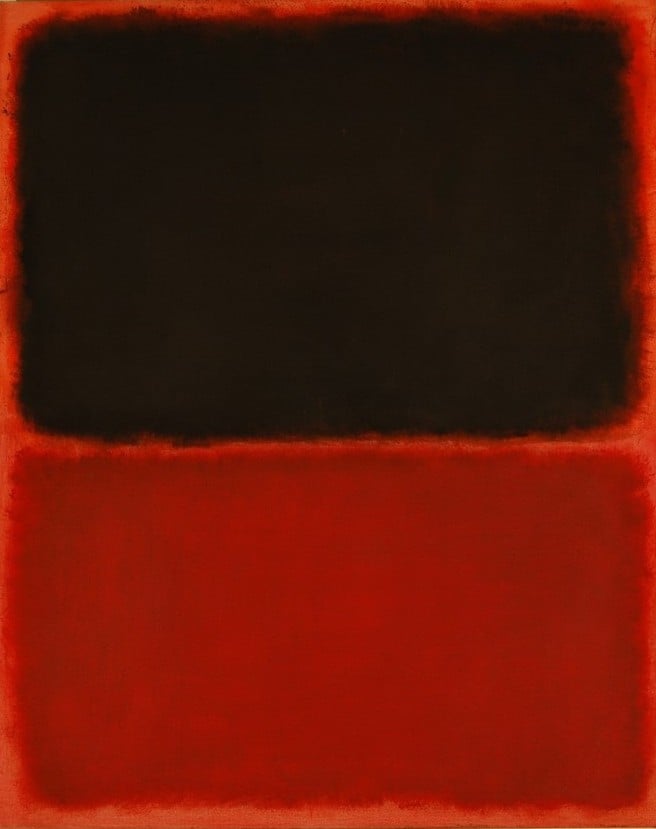
A painting sold by Knoedler as a Mark Rothko that turned out to be fake.
The often dramatic and detail-laden testimony of the trial proceedings was riveting for anyone who has followed the scandal in the last few years—whether it was pondering questions about proving authenticity and documenting history of ownership, or the demands of wealthy and understandably furious collectors asking for their money back. Over the course of its short run, the trial raised important, and thorny, issues about how the often secretive art business operates.
“A case like this tends to wake people up,” said Jason Hernandez, the lead prosecutor in the criminal investigation who is now a partner at Stearns Weaver in Miami. “It touched such a well-known gallery in addition to how much money was involved. The FBI’s visibility has grown and they’re getting more calls, more tips, and they’re continuing to bring these kinds of cases.”
So what have we learned? Herewith, a few of our most pressing, albeit unresolved issues and questions raised by the trial.
1. What constitutes due diligence?
Jim Kelly, the Santa Fe, New Mexico-based dealer who advised the De Soles on the Rothko purchase, and who testified at the trial, thought a list of names he says Ann Freedman presented him with, about experts who had “viewed” the Rothko was more than reassuring. “She was clever. She put every Rothko expert on that list so you know I knew almost every one of them, so she kind of headed me off at the pass. If I were going to go and do this research and find out if it was a real painting or not I’d probably call some of those people. But since she had already supposedly called them and then vetted and had them say it’s authentic and put their name on that list, I felt that there was no need to do that.”
In contrast, collector Jack Levy conditioned his 2001 Pollock purchase from Knoedler, via Glafira Rosales, via the mysterious “Mr. X” on the stipulation that IFAR would authenticate it. When IFAR refused to do so, he returned the painting and got his money back. Kelly says he wished he had done something similar but he took the “expert” list as a solid seal of approval.
Donn Zaretsky of the Art Law Blog, an attorney at New York’s John Silberman Associates, pointed out the “‘it’s your fault for trusting me!’ quality” of Knoedler and Freedman’s defense in an e-mail to artnet News.
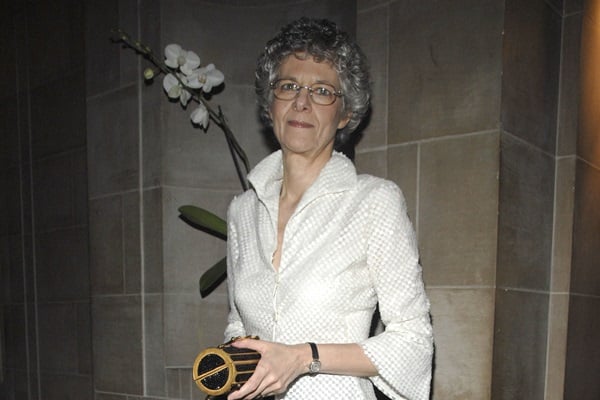
Former Knoedler Gallery president and director Ann Freedman has always maintained her innocence.
Photo: Patrick McMullen
2.What constitutes authentication?
James Martin, head of Orion Analytical, who performed forensic analysis on many of the paintings, said: “Due diligence in evaluating the authenticity of works of art is not merely showing works to others, then acting only on favorable comments (or the absence of negative comments)—especially after questions have been raised about more than one work that share the same provenance.”
“Where differences of professional opinion exist, such differences should be conveyed to potential buyers (and artists’ foundations), or resolved by more than speculation, before works are marketed as genuine,” says Martin.
3. Science should have been the last word from the start.
Says Martin: “Apart from questions concerning attribution and evolving provenance, other clues that Glafira Rosales provided fakes were visible if one looked closely enough: a traced signature, intentional alteration, reuse of old materials, and use of historically inaccurate materials. Evidence that Qian painted works with materials—not discovered, developed, or commercially used until years or decades after works were dated and artists died—were identifiable by routine analyses used for decades in conservation science laboratories. ”
4. Once Federal prosecutors identified the forger, all bets were off.
Prior to the identification of the forger, Pei-Shen Qian, in Woodhaven, Queens, Knoedler and Freedman’s attorneys asserted that they were going to prove the paintings were authentic.
Hernandez told artnet News in a phone interview: “Before I arrested Glafira, the defendants were going to contest the claim that the paintings were fake, so you had to add that as another issue to be resolved. A lot of those arguments were very familiar [in terms of trying to explain away a forgery, such as that] Jamie Martin’s science is not reliable or that these are all mystery paints that weren’t registered that people used. Glafira admitted that they’re all fake. Everyone says ‘I get it they’re fake. But we didn’t sell them knowingly.’ That’s what the whole case became about.”
On a side note, Qian, who has since fled to China, initially claimed he didn’t know Rosales and wasn’t familiar with the Abstract Expressionists in question. But the jig was up for him when prosecutors found at his home, among other things, books on these artists, and an envelope full of old nails marked “Rothko.” According to the federal indictment, he also began demanding more money after spotting one of his “Rothko” paintings—for which he had been paid a few hundred dollars—hanging at the prestigious annual ADAA Art Show at the Park Avenue Armory, with a seven-figure price tag.
5. It is extremely important to follow standard industry practices, aka, “Don’t ignore dozens of red flags.”
Expert witness Martha Parrish, who helped establish a code of ethics for the Art Dealers Association of America, testified that Knoedler’s decision to sell Rosales’s so-called “Secret Santa” collection was not in line with the industry’s professional standards. If a reputable and responsible dealer was presented with a large collection of unknown works without a provenance, being sold below market price by a buyer asking for a cash payment (as in the case of the Rosales paintings), they “would run like hell,” she insisted.
Kelly adds that being offered a Rothko at a tenth of the price is “for me, as an art dealer, one of the biggest red flags.”
When asked who was responsible for investigating a work’s provenance, Parrish was quick to say that “I don’t expect a buyer to do that,” noting that most wealthy collectors don’t have the art historical background needed to carry out such research, and instead rely on established galleries to vet the artwork for them.
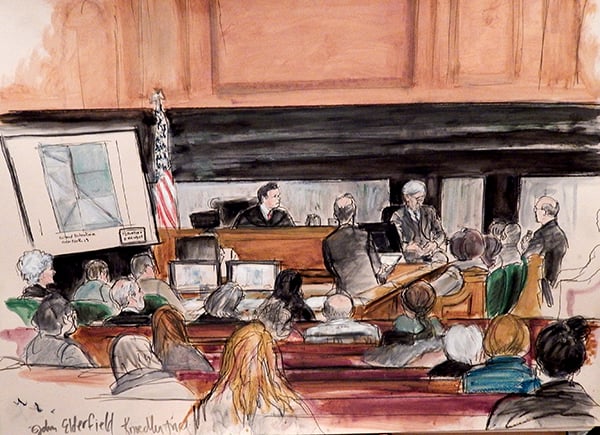
John Elderfield testifying during the Knoedler forgery trial.
Photo: Elizabeth Williams, courtesy Illustrated Courtroom.
6. Knoedler’s plausible deniability is hard to swallow.
This past October, Judge Paul G. Gardephe identified several key issues that led to his decision to bring the case before a jury. In his opinion, he made note of how the provenance given to prospective buyers changed over time, and cited the gallery’s “efforts to concoct a ‘cover story’ with Rosales.” In addition, Rosales refused to give details about the anonymous collector, would not sign statements attesting to the works’ authenticity, and gave conflicting information about the size and scope of the collection, which kept growing.
Perhaps most damningly, Gardephe pointed out that Richard Diebenkorn‘s family voiced doubts about the Rosales works as early as 1994, and Knoedler was forced to return a Rosales “Pollock” in 2003 after IFAR was unable to authenticate the work. Ignoring a single red flag is one thing, but here they were all over the field.
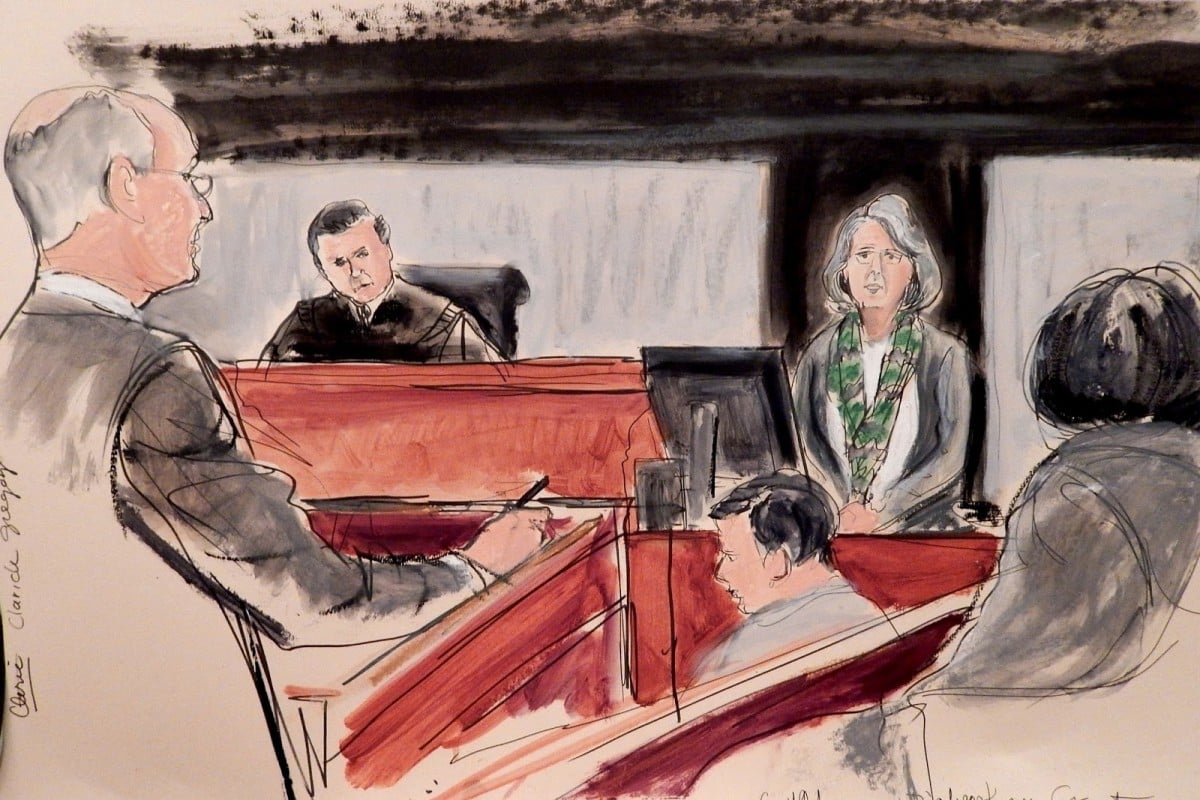
A courtroom sketch of Gretchen Diebenkorn Grant on the witness stand at the Knoedler gallery trial.
Photo: Elizabeth Williams, courtesy ILLUSTRATED COURTROOM.
7. Rosales traded on Knoedler’s good name to pull off her scam.
Again and again, Domenico De Sole testified that “I had no doubt in my mind it was a real Rothko from a prominent gallery,” and that he had “total trust in the company and Mrs. Freedman.”
“The fact that Knoedler was at the time one of the oldest and one of the most venerable galleries in the United States certainly tends to lend credibility to the thought that the work would be a true Mark Rothko,” Amelia K. Brankov, counsel to the litigation and art law group at New York’s Frankfurt Kurnit Klein & Selz, told artnet News via phone.
“If someone were to try to defraud someone, selling it through this channel would be a good way to try to convince somebody that it was real,” Brankov added. Of course, such a scheme can only go so far: “This led to the downfall of the gallery, so it’s a horrible business model.”
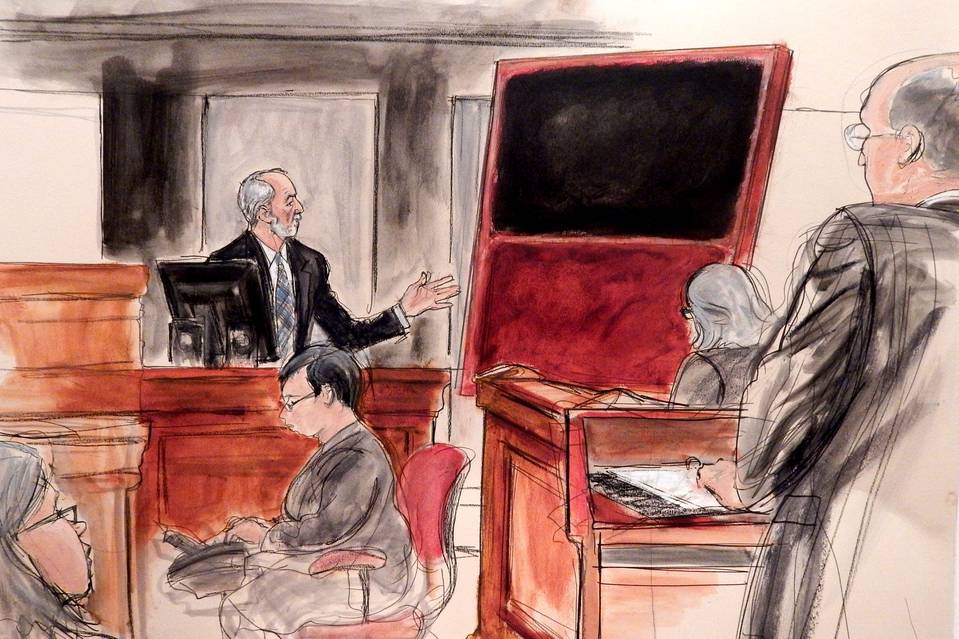
A courtroom sketch of Domenico De Sole on the witness stand with the fake Rothko painting he bought from Knoedler gallery.
Photo: Elizabeth Williams, courtesy ILLUSTRATED COURTROOM.
8. How will these proceedings possibly connect to the criminal investigation?
While Rosales is the only person who has pleaded guilty and is awaiting sentencing, her longtime partner Jose Carlos Bergantiños Diaz, and his brother Jesus Angel Bergantiños Diaz, are free on bail after having been indicted and detained in Spain. Pei-Shen Qian has fled to China. There has been no information from the Justice Department about possible extradition of the brothers, nor would they confirm that an investigation is ongoing.
While former prosecutor Hernandez could not comment on any of those details, he said that in general terms, “What’s important to recognize is that the standard or proof in criminal and civil cases is very different. Criminal law doesn’t for example punish negligence; it punishes intentional fraud, so what may seem like an attractive civil case may or may not be a viable criminal case. Prosecutors have to keep that in mind.”
9. Why is the art market so unregulated?
Hernandez says, “The thing that kind of gets lost, is, you have to take a step back and say, ‘How is it that people will part with eight and a half million dollars on the basis of a reputation of a business or a promise that it’s all good, where there is very little in terms of disclosure and warranty?’ If you buy securities, if you buy a home, if you make any other transaction which could be much less than $8.5 million, it’s far more regulated, there are a lot more protections, and you would insist on having a lot more protection.” He added, “Art is this kind of under-regulated market where there’s ultra confidentiality.”